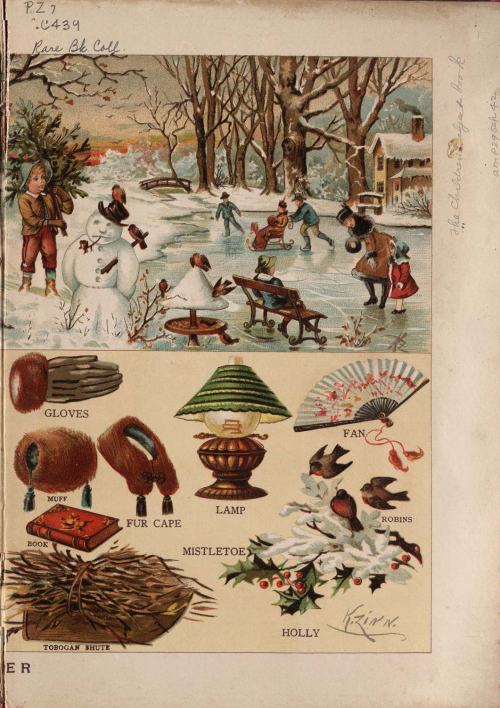The Library of Congress is one of those things that you feel you know—because you’ve said the words all your life—but then you realize you don’t really know that much about it.
One of my sisters recently sent me a link that I want to share, but first a bit about the library gleaned from the web. It’s the largest library in the world. According to its website “its collections are universal, not limited by subject, format, or national boundary, and include research materials from all parts of the world and in more than 450 languages. Two-thirds of the books it acquires each year are in languages other than English.”
Officially, it’s the research library for the United States Congress and it’s the oldest federal cultural institution in the U.S. It includes the Center for the Book which supports the Young Readers Center and the Poetry and Literature Center, which promote books, reading and libraries.
And it does lots of amazing things including scanning and posting this wonderful collection of classic children’s books: http://read.gov/books
Most of the books are from the mid to late 1800s and early 1900s. It’s fun to see how kids books have changed.
I love this one–The Children’s Object Book published in the 1880s.
I instantly thought of Richard Scarry books.
The objects have changed, the art style has changed, the sheer volume of stuff has changed—but kids still like to look at and identify the objects of their world.
The book collection is heavy on fairy tale and folk tale collections, Mother Goose and lots of rhyming. Some of it pretty tortured.
But it’s fun to see “concept” books like The Rocket Book by Peter Newell, 1912, being played around with early on in children’s publishing. Another concept book, Gobolinks, or Shadow-Pictures for Young and Old, published in 1896, encourages kids to use their imaginations with inkblots.
Of course, it instantly brings to mind the Rorschach test. So out of curiousity I googled it to see how the dates matched up. The Rorschach test wasn’t developed until the 1960s, but interpreting blobs of ink started much earlier. According to Wikipedia, “Justinus Kerner invented this technique when he started accidentally dropping blots of ink onto paper due to failing eyesight. Instead of throwing them away, he found that intriguing shapes appeared if he unfolded the papers. He elaborated these shapes into intricate cartoons and used them to illustrate his poems.” This was in the 1850s.
The collections features work from some big name illustrators like Arthur Rackham:
And N.C. Wyeth
And W.W. Denslow:
There are also early versions of what I would call “franchise” books (like Disney’s Winnie the Pooh books.) There’s a long chapter book about Peter Rabbit called Mrs. Peter Rabbit from 1919. They don’t claim this is Beatrix Potter’s Peter Rabbit, but still the name serves its purpose.
In this case, Peter Rabbit, after many adventures finds his true love, gets married and has kids.
Part of what I love about this on-line collection is the clarity of the reproductions. The pages show the wear and tear of the years and the hands they passed through.
It reminds me of the books I read from my family bookshelves as a kid. Many of them dating back to the turn of the century. I remember the tattered covers, the soft, yellowed pages and their musty smell; the occasional colored illustration on it’s own page of slicker, whiter paper. Sometimes there was onion paper between the illustration page and the next page of text. All of this shows up in the Library of Congress’s collection. So the experience of these books will be saved for generations to come.
If you want to check out the Library itself and all it has to offer you can here: https://www.loc.gov

































